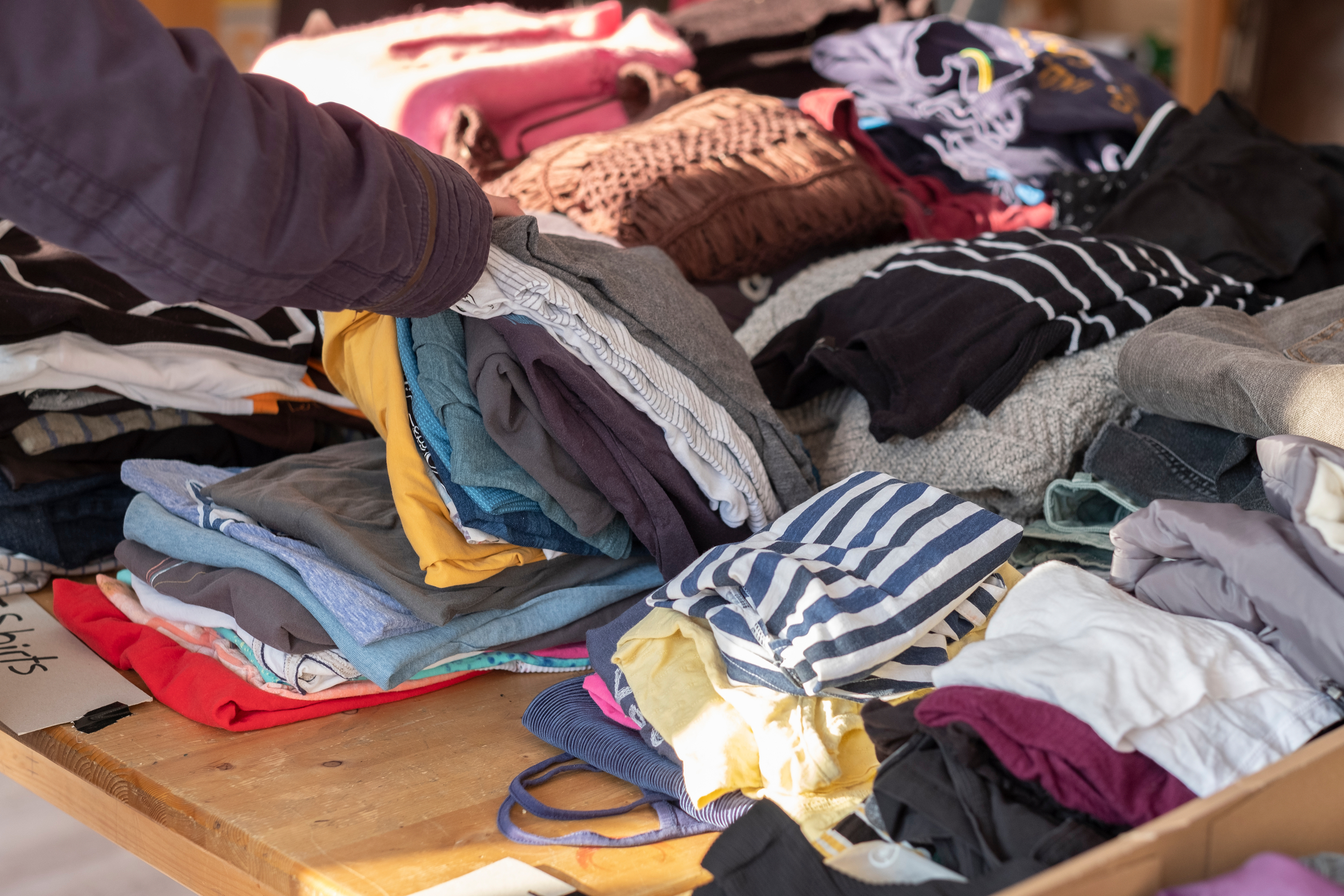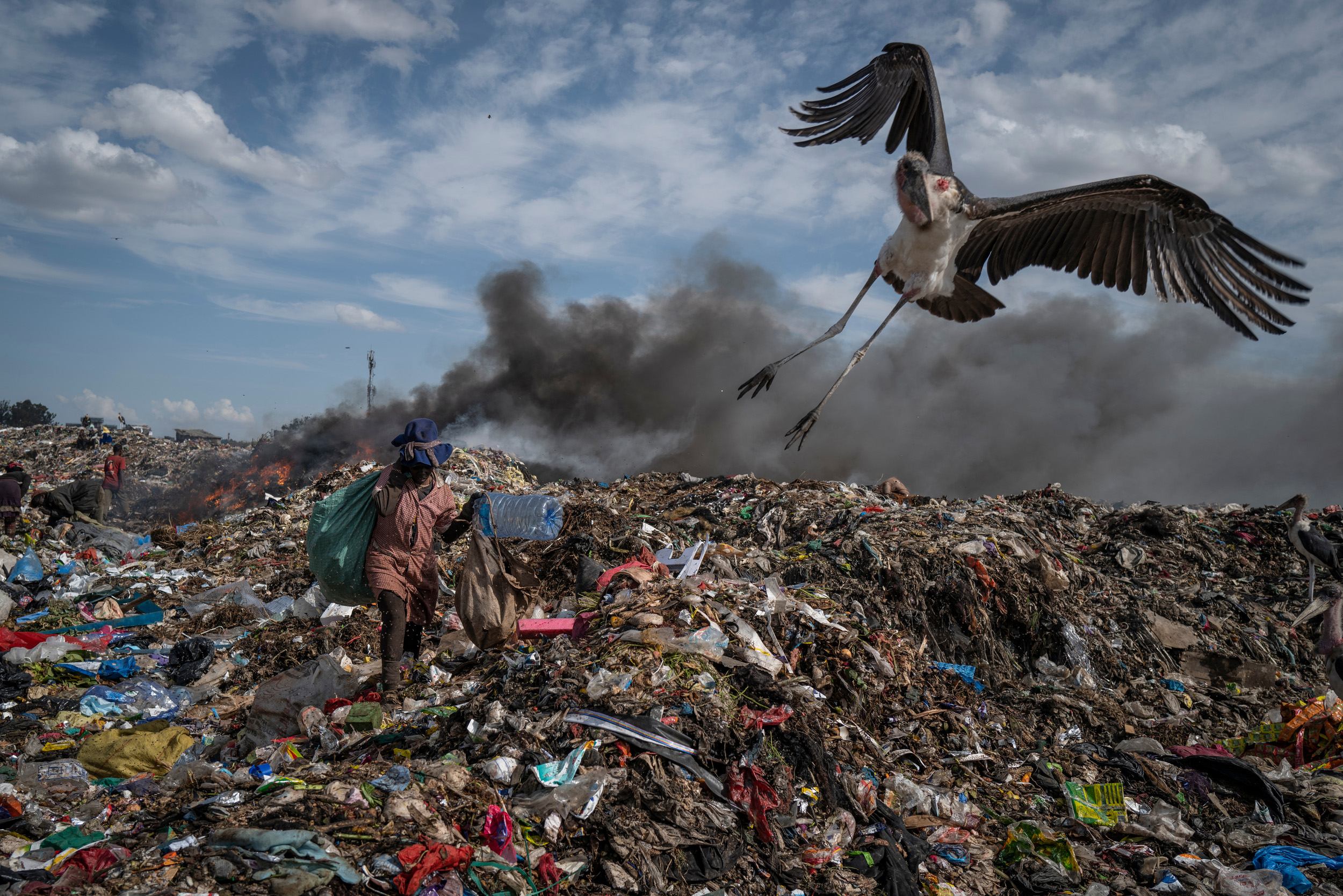On 24th April 2013 1,134 people lost their lives while making clothes due to the collapse of the Rana Plaza clothing factory in Dhaka, Bangladesh.
Despite a number of labour rights initiatives, and the rise of a global fashion activism movement, including Fashion Revolution and Greenpeace’s Detox campaign, the global fashion industry is more broken than ever.
Clothing production doubled from 2000 to 2014, taking an already unsustainable level of production each year to an estimated 100 billion garments.
A new Greenpeace report has exposed the biggest false green claims made by major global fashion labels. Here’s what it found.
Sustainable fashion claims by big brands – can they be trusted?
Sustainability sells. And fashion labels make incredible claims to appeal to a new kind of consumer. But brands are hiding their lack of action behind false claims of environmental responsibility.
Without the evidence to back up the eco-claims made on their labels, fashion companies are guilty of greenwashing. This is when companies make themselves look eco-friendly to the public but continue polluting the environment behind the scenes.
Big fashion labels promise recycled materials, take back systems and recycling schemes. But due to the ever-increasing volumes of fashion being produced, these promises are impossible for companies to keep.
A recent screening of sustainability claims in the textile, garment and shoe sector suggested that 39% could be false or deceptive.
Big brands like H&M and Decathlon have been found by regulators to have been making false green claims. In the UK, authorities have investigated similar claims made by ASOS, Boohoo and George at Asda, as part of a larger effort to develop its Green Claims Code.
In terms of materials, recycled polyester especially is becoming a central sustainability myth for the fashion industry. Clothes are being labelled as ‘recycled’, even though there’s no evidence that they are part of a truly circular system for clothes.
This is potentially misleading – consumers might think that the term ‘recycled’ means they are made out of old clothes, and can be recycled again into new clothes, when neither is the case.
This is not only creating a false sense of security for customers, but hiding the facts about plastic recycling: as of 2015, only 9% of all plastic waste ever created has been recycled.
When fashion brands talk about recycling and circularity – this is what actually happens
Only 3% of clothes are made from recycled materials

Most of the 3% is fabric made from plastic drinks bottles. It is not recycled again but burned or dumped

Less than 1% of all clothes are made from old textiles

Greenpeace report: which brands are making false green claims, and what are they?
The report examines the sustainability claims made by 14 brands through their self-defined special ‘eco-friendly’ or ‘responsible’ collections. In doing this, the report was able to assess which brands are the most guilty of greenwashing.
Well known brands’ supposedly sustainable collections that are in the greenwash danger zone include:
Decathlon Ecodesign
H&M Conscious
Mango Committed
Primark Cares
Tesco F&F Made Faithfully
Zara Join Life
The promises made by brands on these labels were found to be lacking in a number of ways, such as:
- Confusing labelling for customers, including false ‘certifications’ which are simply named after company sustainability programmes.
- Lack of in-house or even third-party verification on environmental, social and human rights measures.
- Lack of public information from across the chain of production.
- No attempt to slow the production of large volumes.
- Misleading claims of ‘circularity’ relying on recycled polyester from plastic bottles
- Using ‘sustainable’ or ‘responsible’ on materials which are only slightly better
- Promotion of fabric in blends such as polycotton, which is unrecyclable.
- Continued reliance on discredited measurement tools such as the Higgs Index on Materials Sustainability.
- Lack of breakdown of information about materials.
- Relying on small scale changes when large changes in volume production are needed.
What must fashion companies do?
The only true way to make fashion companies green claims work is for them to reduce the amount of clothing they’re making. But many fashion companies won’t even tell us how many clothes they produce each year.
The textile industry is responsible for five to ten percent of global greenhouse gas emissions. 85% of its greenhouse gas emissions come from the supply chains which are mostly located in the Global South.
Reducing the volume of clothing made will bring these environmental costs down, and stem the flow of clothing waste – again to countries less able to deal with it. Worldwide, one truckload of clothing is incinerated or landfilled every single second.
The simple truth is that fast fashion will never be sustainable. Companies are virtually writing their own sustainable fashion rules themselves. Many of them are refusing to even publish volumes, let alone reduce them.
Read the full report for more detailed information on companies, claims, and the potential for change in EU regulations.



